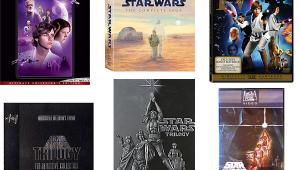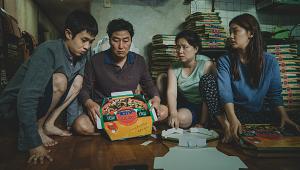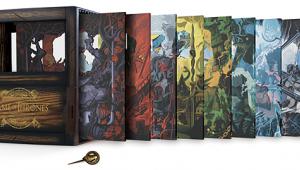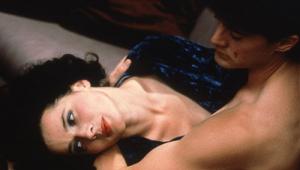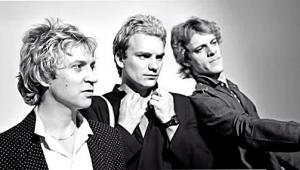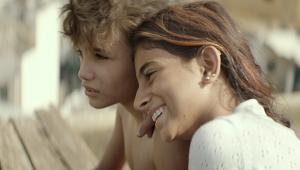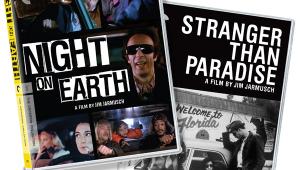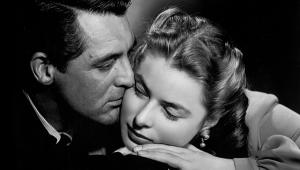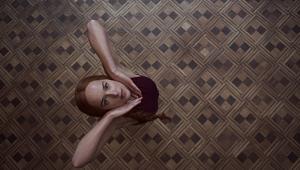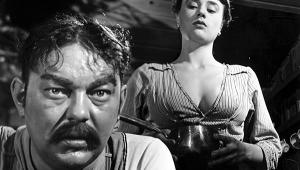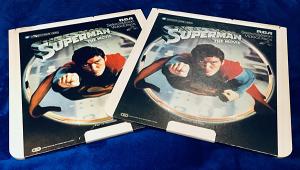Blu-ray Review: Blue Valentine Page 2
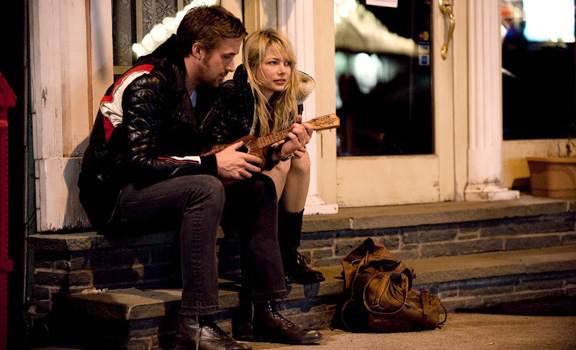
It’s all done with extremely spontaneous acting, lots of ad-libbed dialogue, and unobtrusive filmmaking in search of the authentic moment. Most memorable is a ukulele-playing and tap-dancing sequence that was unrehearsed, occurring (somewhat) spontaneously. It’s like watching the beginning of a love affair. (The song that Dean sings and plays? “You Always Hurt the One You Love.”)
Director/co-writer Derek Cianfrance uses a lot of the techniques he learned while earning a living making documentaries. Although some images are striking, most are just simple shots of faces and bodies. Scenes set in the present were shot with high-def digital video cameras — mostly at a distance, using very long lenses. This creates an extremely narrow focus, thereby isolating a character who’s in that sharp-focus field from others who are soft to the point of occasionally blurring into the background; thereby, the image emphasizes the emotional distance between the characters. It also allows for a realistic quality that aids the oppressive, in-your-face, shakey-cam close-ups. Scenes of the past, shot with grainier but more attractive Super 16mm film, are airier, wider master shots that connect the characters within the frame.
The 1.66:1 picture on Blu-ray is detailed and sharp, with excellent contrast. Images are filled with warm, rich colors — particularly the HD-video washes of blues or reds used for the more emotionally expressive present. Lighting is soft and even.
The DTS-HD Master Audio 5.1 sound is clear and open, but since the film’s style is unobtrusive, there are no extreme bass effects or impressive audio movements. Surrounds are used more for natural atmospherics (crickets, birds) as well as the music, which comes from all channels simultaneously, never really separated into individual elements. Dialogue, though, is clean and differentiated.
The commentary’s conversations between long-term friends Cianfrance and co-editor Jim Helton exhibit the warmth and camaraderie of two filmmakers who’d been together in the low-budget indie trenches. They explain what they were hoping to achieve in each scene and the lengths they went to obtain it — as when characters waking up were literally actors waking up.
Twenty minutes of deleted scenes deliver additional spontaneous action and play between the leads as well as ad-libbing with nonprofessional extras about sex and marriage. A 3-minute home movie is actually just unused footage, but a 15-minute making-of featurette includes articulate and revealing remarks from Cianfrance.


